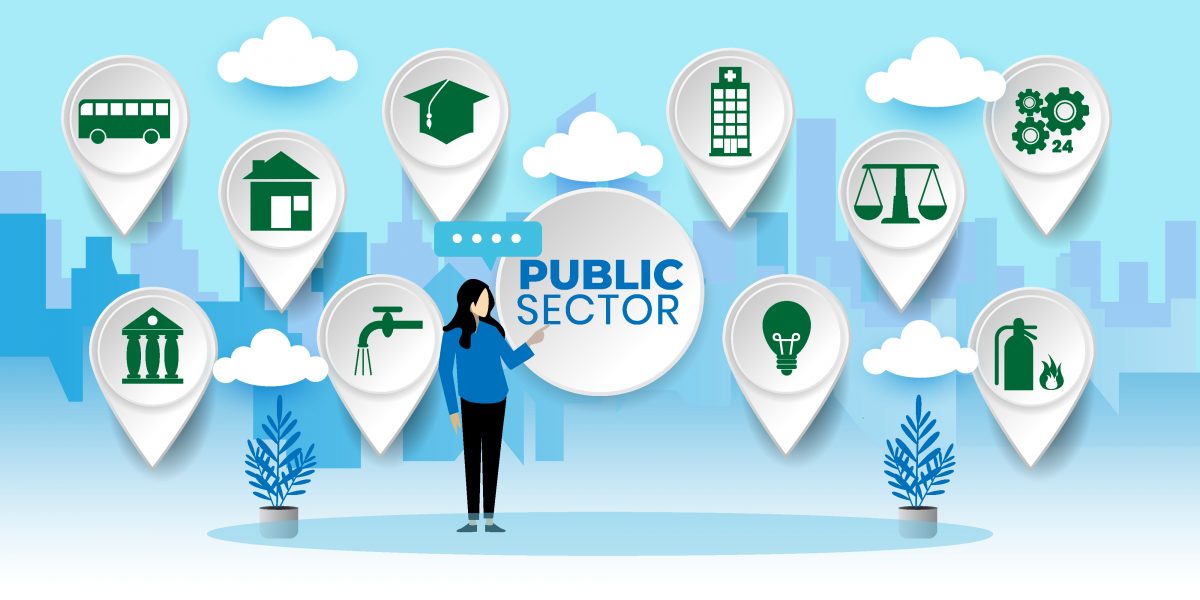CIO or a Chief Information Officer is responsible for IT security, technology, and implementation in any organisation. It is the responsibility of the CIO to ensure that the IT backbone of the organisation remains functional at any point in time and allows the employees to do their work efficiently and effectively. A CIO is responsible for identifying, assessing, and mitigating risks associated with data and digital technologies in the software ecosystem of an organisation.
The power of computing and the internet have transformed the world, and the coming decades will only get more and more reliant on digital technology for service delivery and operations. The CIO role requires an expert individual to maintain the present IT infrastructure of the organisation while simultaneously planning for the future.
Need for CIOs in Government Agencies
Government agencies have experienced the need for a secure, sustainable, and scalable IT infrastructure in the wake of the COVID-19 pandemic. As government agencies worldwide struggled with finding a secure platform for ensuring remote working capabilities for their workforce while also providing its services through an online platform, the need for a CIO was felt that much more severely. The role of a CIO extends beyond just enabling the workforce to access organisational resources online and creating an ecosystem platform for employees to work remotely on.
This 2021 information pamphlet by NASCIO, a non-profit association of state CIOs in the USA, aptly points out the various technological priorities and strategies. These priorities reflect the present and the future needs of government agencies, not just in the USA but in countries around the world.
What Government Agencies can accomplish with a competent CIO
A state CIO will ensure that the government agency is aware of all the advantages of newer digital technology and the opportunities they offer, along with the risks associated with it and the best ways to mitigate those risks. The digital age has shifted the focus to user experience, and citizens want to avail government services with ease and from the comfort of their homes.
Here are some of the functions of a State CIO:
- Data security and database management
- Operation and management of digital platform ecosystem for delivery of government services
- Ensuring remote working capabilities for the employees
- Modernisation of legacy hardware and software
- Automation of procedures and processes to save time, reduce costs and increase efficiency
- Optimise data operations, analytics, and communications within the organisation
- Drive technological innovation.
Conclusion
Government agencies are now transitioning to GAAP and using SaaS to provide government services to citizens in the comfort of their homes. Digital government services require a robust and scalable IT infrastructure with a suitable data security system to ensure safe, sensitive data. In contrast, the same data needs to be used for analytics to provide better services. CIOs are responsible for the IT strategy and infrastructure maintenance in the government agencies and single-handedly drive the IT backbone of the organisation. They are responsible for keeping the data safe, provide a secure platform ecosystem for employees and a service delivery platform for citizens alike.






Comments